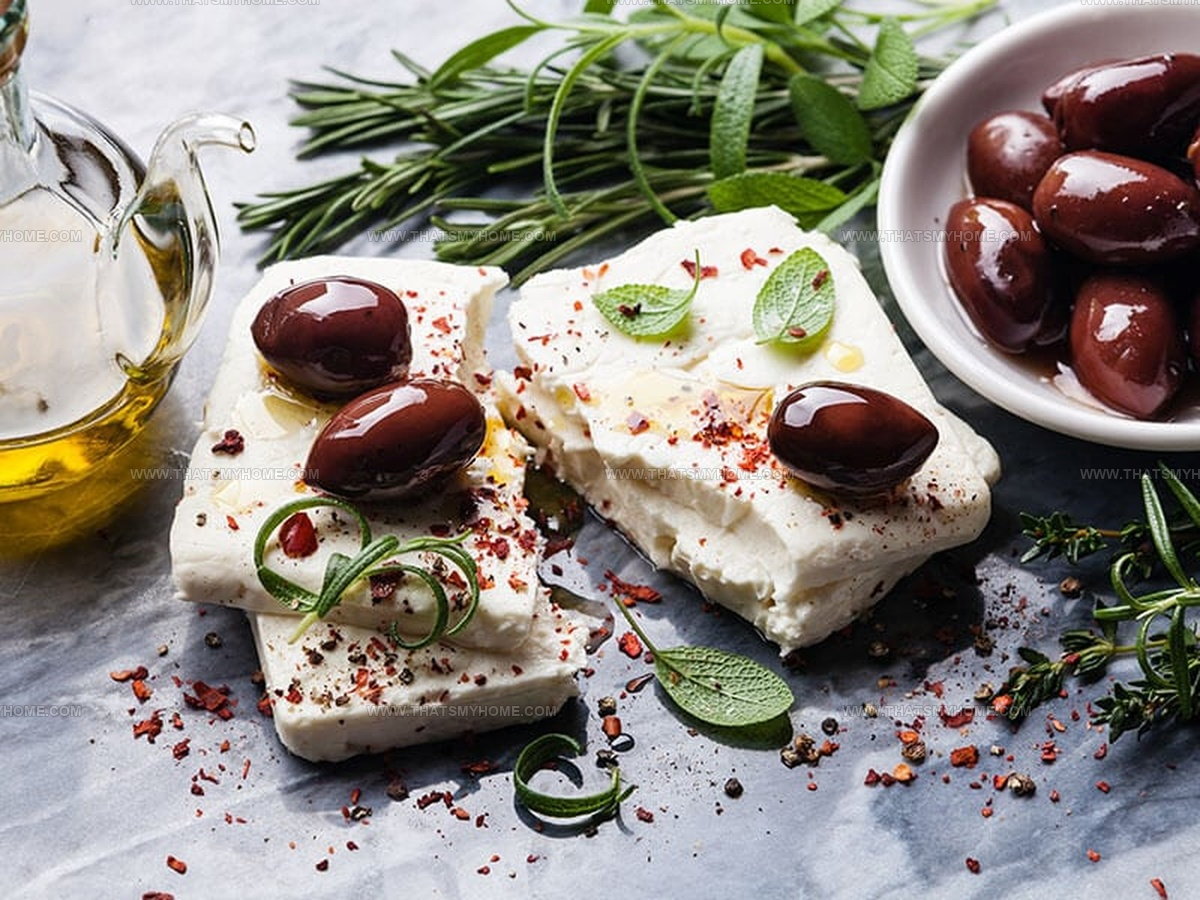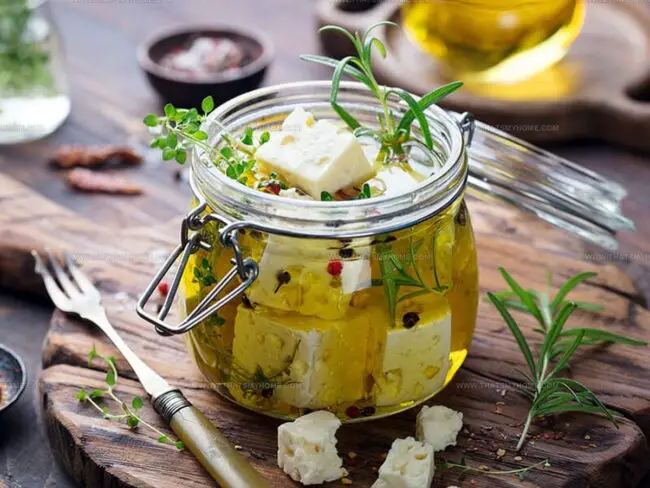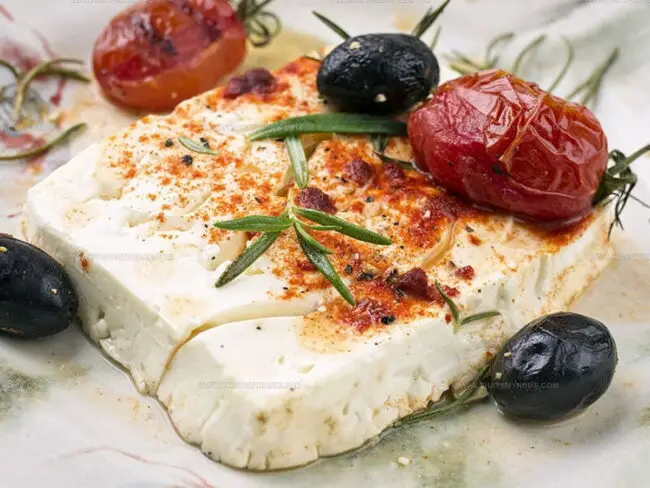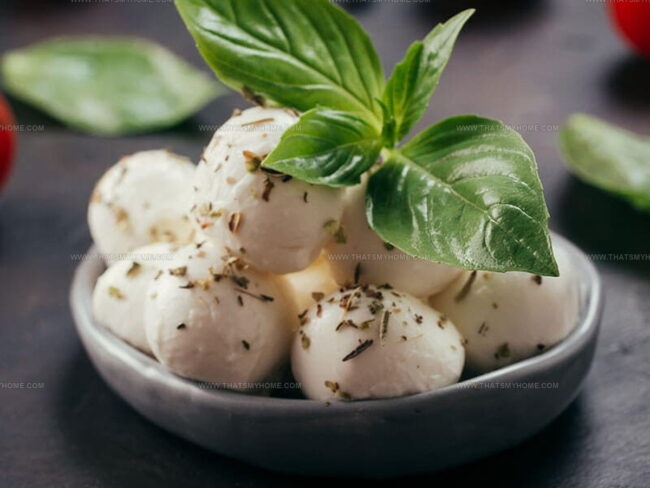What Does Feta Cheese Taste Like? Your Flavor Journey Starts Here
Feta cheese offers a unique culinary experience that intrigues food lovers worldwide.
Mediterranean cuisine celebrates this crumbly, white cheese with its distinctive character.
Originating from Greece, this tangy dairy product carries a rich cultural heritage that goes beyond simple flavor.
Cheese enthusiasts often wonder about its remarkable taste profile and sensory qualities.
Many people find themselves curious about how feta differs from other cheese varieties.
Its complex flavor notes spark excitement among those seeking interesting gastronomic adventures.
Understanding feta's nuanced taste can transform your approach to salads, appetizers, and Mediterranean-inspired dishes.
Your culinary journey into the world of feta cheese promises to be delightfully unexpected.
The Flavor of Feta Cheese Uncovered
Feta cheese ranks among top tasty cheeses worldwide!
Cheese flavor changes based on country and production methods. Describing feta's taste completely takes more than a few words.
Feta cheese delivers powerful flavors. Creamy, salty, and tangy notes stand out most clearly. Some people detect slight citrus hints, though overall taste remains mild.
Layers of flavor hide inside this special cheese. Longer soaking increases flavor intensity. Aged feta around 12 months sounds more robust, with pepper-like and hard characteristics.
Different milk sources create unique feta experiences. Sheep milk feta brings bold, buttery profiles. Goat milk versions feel gentler, while American styles carry slight sour undertones.
Feta Cheese Aging & Taste Impact
Feta starts out soft and a bit tangy when it’s fresh.
As it ages, feta gets saltier and sharper, with a stronger taste.
Older feta turns firmer and crumbles more easily, while the flavor becomes bold and a little peppery.
Younger feta is creamy and mild, perfect for those who like gentle flavors.
The longer feta sits in its brine, the richer and more intense the taste will be.
Both young and aged feta bring something special to dishes, depending on if you want a gentle touch or a punch of flavor.
Simple Words for What Feta Is
Feta cheese stands as a special Greek cheese. Feta also describes the special method Greeks use to create this cheese.
Makers produce feta cheese from sheep milk or a mix of sheep and goat milk. Some cheese makers might use cow milk, but these versions are not considered true feta cheese.
Cheese makers soak feta in a salty water bath. Production time ranges from 2 months to a full year. Longer soaking helps cheese absorb more flavor and develop stronger taste.
Feta cheese can indeed spoil if people do not store it correctly.
Storage options include keeping cheese in a cabinet or refrigerator. Freezing works well for extending cheese life. Different cheese types like block, crumbled, drained or undrained have varied storage periods.
Home cheese makers can create feta with surprising ease and speed.
5 Varieties of Feta You’ll Love
Feta cheese stands out as a white cheese with a unique character. Its texture tends to be crumbly and slightly creamy. Goat milk percentage determines how many crumbles you'll see in the cheese.
Feta cheese production spans beyond Greece, with many countries creating their own versions. Regional differences shape each variety's texture, flavor, and makeup. Here are five popular feta cheese types worldwide:
Feta cheese offers more than just great taste. Health benefits make this cheese a smart choice. Calcium content stands as its most famous nutritional feature, supporting strong bones and teeth.
Packed with minerals, vitamins, and nutrients, feta cheese provides significant health perks. It may help lower diabetes risk and boost overall immune system performance. Salt-conscious people should monitor their intake carefully.
Feta Recipes That Elevate Your Meal
Feta cheese is easy to use and tastes great in lots of different meals. You can eat it by itself or mix it with other foods for even more flavor. Here are some easy ways to enjoy feta:
Tip: Pregnant women should be careful with feta cheese. Some types are made from unpasteurized milk, which isn’t safe during pregnancy. Always check the label before eating.
Smart Feta Cheese Substitutes
Feta cheese lovers have many delicious options when searching for a perfect replacement. Different substitutes offer unique tastes and textures that can match different meal needs.
Selecting the right alternative depends on personal flavor preferences and cooking styles.
Ricotta Cheese
Ricotta cheese shares feta's crumbly look. People love sprinkling these cheese pieces over salads!
Ricotta works great in recipes just like feta, but its taste comes with more sweetness and less sharp flavor. People who dislike strong tangy cheese notes might prefer ricotta instead.
Storing ricotta cheese long-term is possible through freezing. Cheese lovers can keep this ingredient fresh by placing it in cold storage.
Cooks should remember to add extra salt when using ricotta. Its natural flavor needs a bit more seasoning compared to other cheese types.
Halloumi
Halloumi cheese sits at top of my favorite H-list foods. Greek cheese makers craft this from both sheep and goat milk.
Similarities between halloumi and feta exist in their looks and taste profiles.
Halloumi's flavor comes across as smooth and gentle.
Most people see halloumi like a mild feta cheese version. While it lacks feta's deep richness, halloumi keeps a slight tang with salty and bitter notes.
Halloumi belongs to semi-hard cheese categories. Chefs love using it for warm cooking methods like roasting and grilling.
Grilled sandwiches and roasted vegetable dishes welcome halloumi perfectly.
Goat Cheese Or Chevre
Goat cheese brings a delightful option for salad and bread pairings! Cheese makers create this product from goat milk, which results in a crumbly feel.
Compared to feta, goat cheese feels slightly smoother.
People wonder about storing goat cheese in cold storage.
Good news - freezing works well for this cheese type. You can keep it chilled to make it last longer.
Goat cheese offers a strong flavor profile with tangy and sharp notes. Feta cheese stands out as even more zesty and bold in taste comparison.
Salad Cheese
Salad cheese comes from cow milk and acts like a feta-style cheese. It gives you a light, fresh sense when you eat it.
Its feel is softer and smoother compared to real feta.
Some people really enjoy salad cheese because it tastes sweet and mild without strong salty notes.
Still, this cheese gets bad comments since it is not genuine feta and frequently gets sold using the feta name.
Queso Fresco Cheese
Mexican cheese travels across borders to delight cheese lovers. Queso fresco means fresh cheese in its homeland, boasting a springy and moist texture with crumbly edges.
Cows milk creates this cheese, sometimes blended with a touch of goat milk.
Queso fresco brings a delightful flavor profile to your plate.
Its taste feels milky with a sour and tangy punch. Cooks love using this cheese as a lighter alternative to feta in salsa and taco dishes.
Mozzarella Cheese
Feta cheese and mozzarella both melt smoothly and break apart easily. Mozzarella lacks the sharp, salty flavor of feta.
Cooks might swap mozzarella for feta in some dishes like pizza.
Making homemade mozzarella follows a simple process you can try right now.
Feta Cheese Flavor and FAQs Answered
1. What should I look for when buying feta cheese?
Try to buy feta that’s packed in brine (the salty liquid). The brine helps the cheese stay fresh longer, and you can even use the liquid for things like marinating meats or adding to dressings.
2. How can I tell if feta cheese is authentic?
Real Greek feta usually comes with a PDO (Protected Designation of Origin) label. Also, authentic feta is never tightly pressed into hard blocks, that’s a sign of “salad cheese,” not true feta.
3. Why do some people think feta cheese tastes strange?
Feta is a fermented cheese, so it can sometimes have a strong, tangy smell and flavor. Different bacteria from where it’s made can create unique flavors, some people may find it sharp or even a bit funky.
4. How much sheep’s milk is in feta cheese?
Genuine feta is made with at least 45% sheep’s milk, and sometimes as much as 60%. If there’s less, it’s probably not real feta.
5. What about goat’s milk in feta cheese?
Some feta includes goat’s milk, usually up to 30%. Traditional Greek feta was once all sheep’s milk, but these days, a mix is common.
6. How do I keep feta cheese fresh at home?
Store feta in its brine in a sealed container in the fridge. If it dries out, you can make your own light saltwater to help keep it moist.
7. Can I cook with feta cheese?
Yes! Feta is delicious crumbled over salads, baked on veggies, or added to pasta, omelets, or pizza for a tangy kick.
8. Is feta cheese healthy?
Feta is lower in fat than many cheeses and is a good source of protein and calcium. Just watch the salt, as it can be high in sodium.
Love or Skip Feta? You Decide
I hope my post has cleared up any questions you have about feta cheese's flavor. For those who have tried feta cheese before, does its taste match what I described? What do you think - is it delicious or not so great?
Share your thoughts or additional questions about feta cheese's taste in the comments below. I'll be happy to respond. Spread the word about this post to help others learn more about feta cheese. Thanks!









Mary Ellen
Expertise
Education